Instead of letting your garden remain unused, there are many innovative and efficient strategies available to make the most of that space. Whether your goal is to cultivate fresh produce, improve your soil’s condition, or establish a refuge for local fauna, numerous choices exist to ensure your raised bed is actively used and flourishing throughout the year.
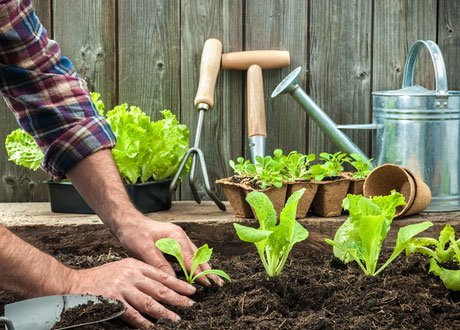
Plant Cold-Hardy Vegetables for Winter Harvest
One straightforward method for keeping your raised bed productive during the colder periods is planting vegetables that can withstand cold. Varieties such as kale, spinach, carrots, and Brussels sprouts are capable of tolerating freezing temperatures, and their flavors might even improve after cold exposure. With correct planning and a bit of protection, you can relish freshly grown vegetables from your garden throughout the winter.

Implement Season Extension Techniques
Techniques aimed at extending the growing season, like employing row covers, hoop houses, or cloches, can substantially prolong the lifespan of plant growth. These approaches offer protection for your plants against severe weather and frost, enabling you to grow a greater assortment of crops. By effectively controlling both temperature and moisture content, it’s feasible to cultivate more varied and prolific harvests, irrespective of cold weather arrival.

Use Your Raised Bed for Composting
Your raised bed can function as a handy composting site during the off-season. Place kitchen scraps, garden byproducts, and other organic matter directly into the bed to allow them to decompose during winter. This process not only reduces the amount of discarded waste but also provides enriching nutrients to your soil, setting it up for springtime planting.
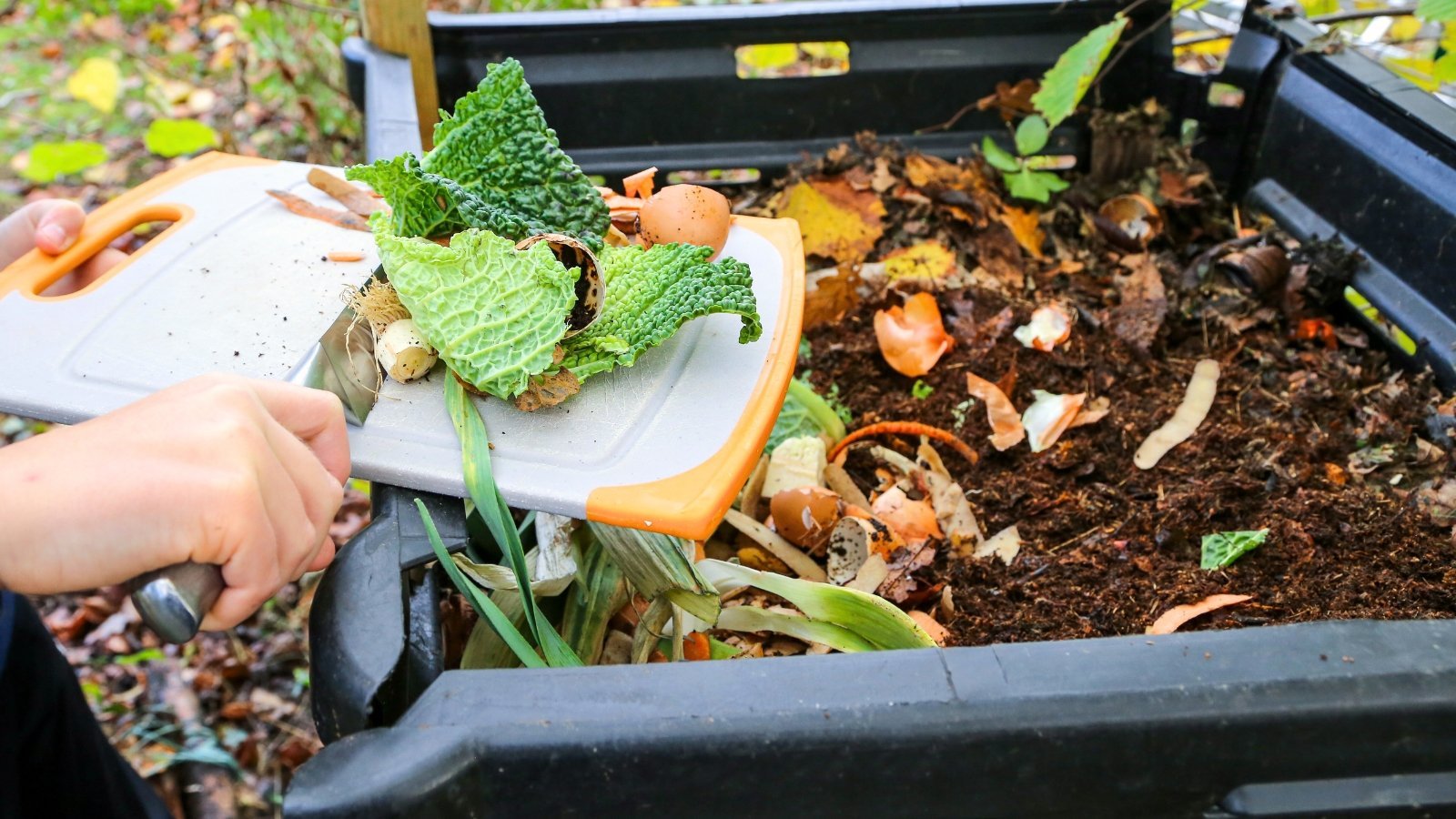
Create a Winter Wildlife Habitat
Raised beds have the potential to transform into winter havens attracting local wildlife. By introducing bird feeders, planting local shrubbery or setting aside an undisturbed section of the bed, you can supply shelter and sustenance for birds, insects, and small mammals. This not only bolsters the local biodiversity, but also can aid in controlling pests and assisting in plant pollination as the growing season picks up.

Cover Cropping: Nourish Your Soil for Next Season
Employing cover crops stands out as a superb strategy to maintain soil vitality and richness during the winter months. Planting crops such as clover, rye, or winter peas aids in preventing soil disintegration, stifling weed development, and infusing both organic matter and nutrients directly into the soil structure. When springtime approaches, these crops can then be integrated back into the ground, furnishing your garden with a nutrient-dense foundation for the approaching growing season.
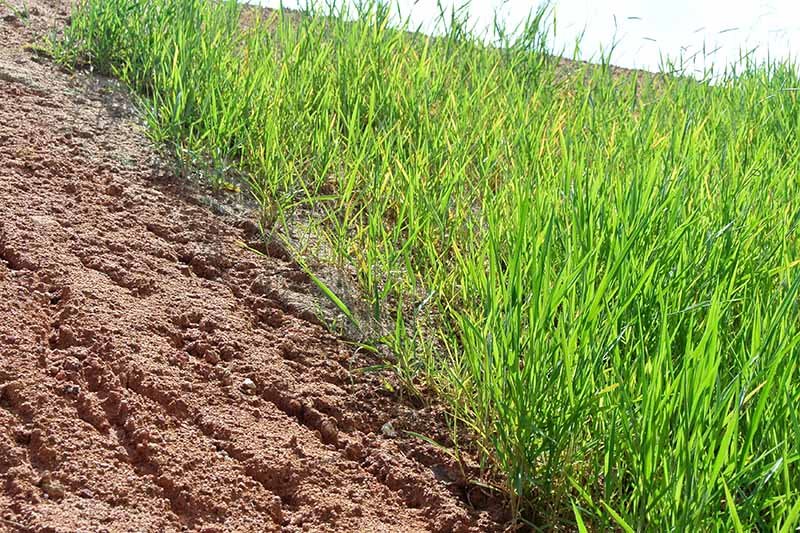
Grow Edible Perennials That Thrive in the Cold
Incorporating edible perennial plants into your raised bed will ensure year-round productivity. Plants like asparagus, rhubarb, and specific herbs are tolerant of chilly conditions, even thriving under them. These perennials demand less upkeep and will maintain their production annually, making them an advantageous annex to any heightened garden bed.
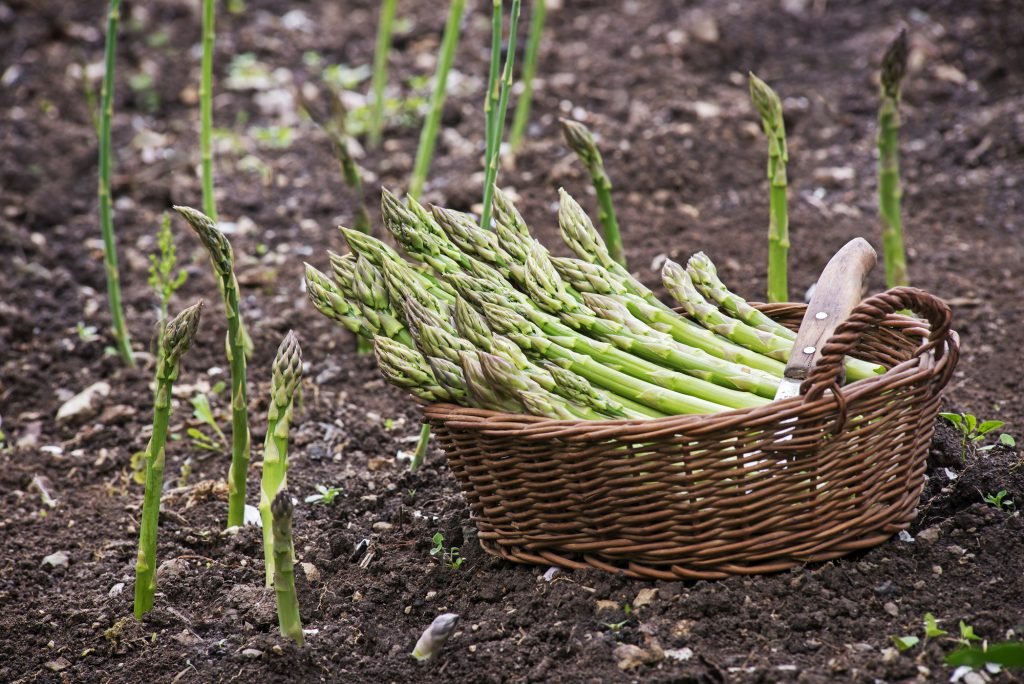
Utilize Your Raised Bed for Indoor Start Seedlings
Your raised bed need not be idle simply because the weather has grown cold. Consider utilizing it as a propagation area to initiate seedlings indoors. By constructing a simple greenhouse or mini cold frame directly above your raised bed, you can have a secured surroundings helpful to the initial growing stages of your seeds. By the time warmer weather appears, you’ll find strong and healthy plants ready for transplanting.
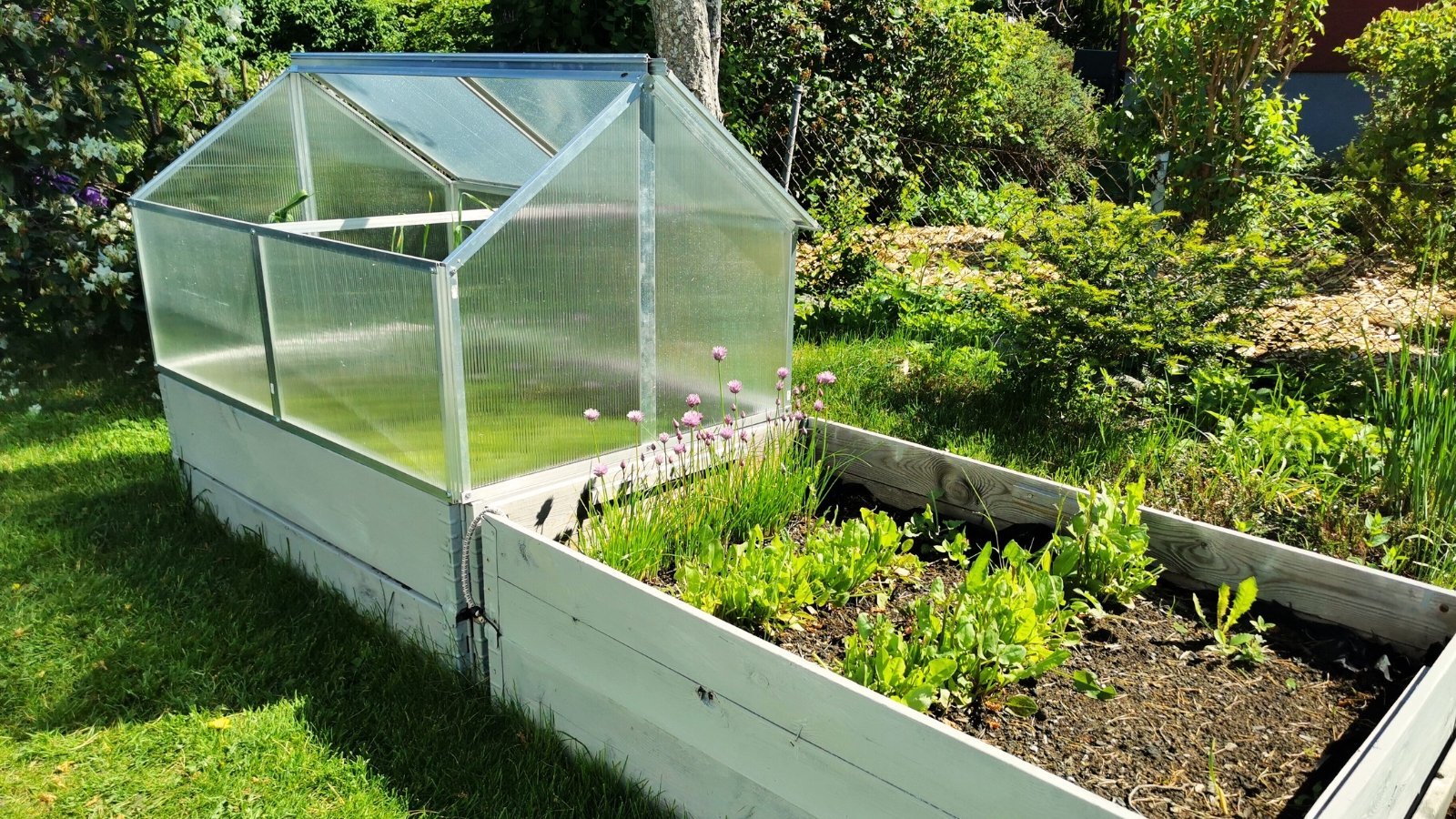
Install a Cold Frame on Your Raised Bed
A cold frame serves as an outstanding supplement to any raised bed, offering a mini-greenhouse-like environment that can continue your growing period. Through retaining solar heat, a cold frame can uphold internal temperatures, preserving your plants from frost and enabling a more varied crop production, even during colder weather patterns. They tend to be relatively easy to set up and modify according to your raised bed size.
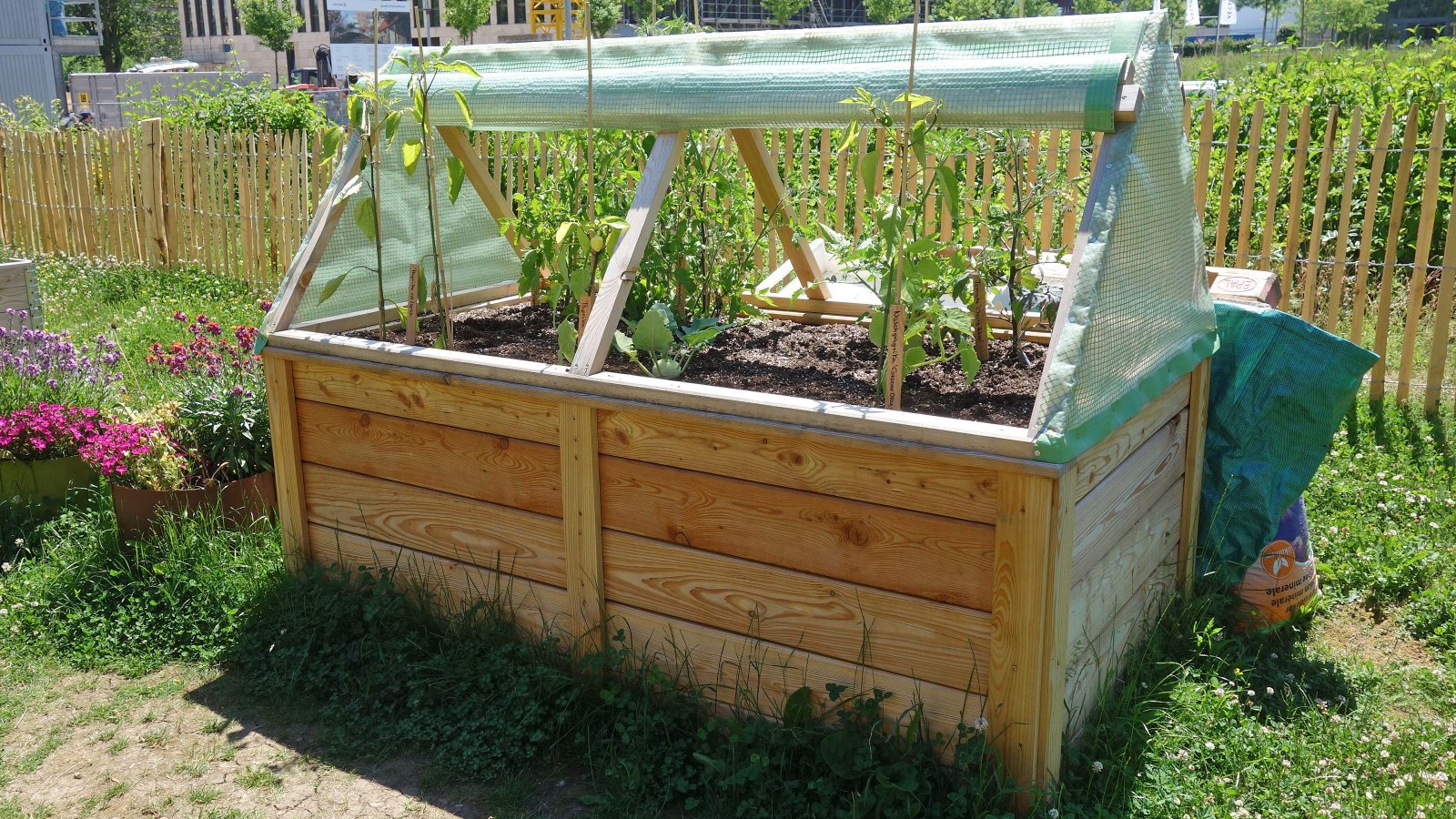
Turn Your Raised Bed into a Worm Farm
Vermiculture, better known as worm farming, is a fantastic method for augmenting soil health in your elevated bed. By incorporating composting worms, for example, red wigglers, you can accelerate the breakdown of organic matter into castings loaded with enriching nutrients. These castings serve as a robust, natural fertilizer, upgrading soil structure and promoting plant health. Adding to that, worm farming could trim down kitchen waste by transforming scraps into valuable fertilizer.
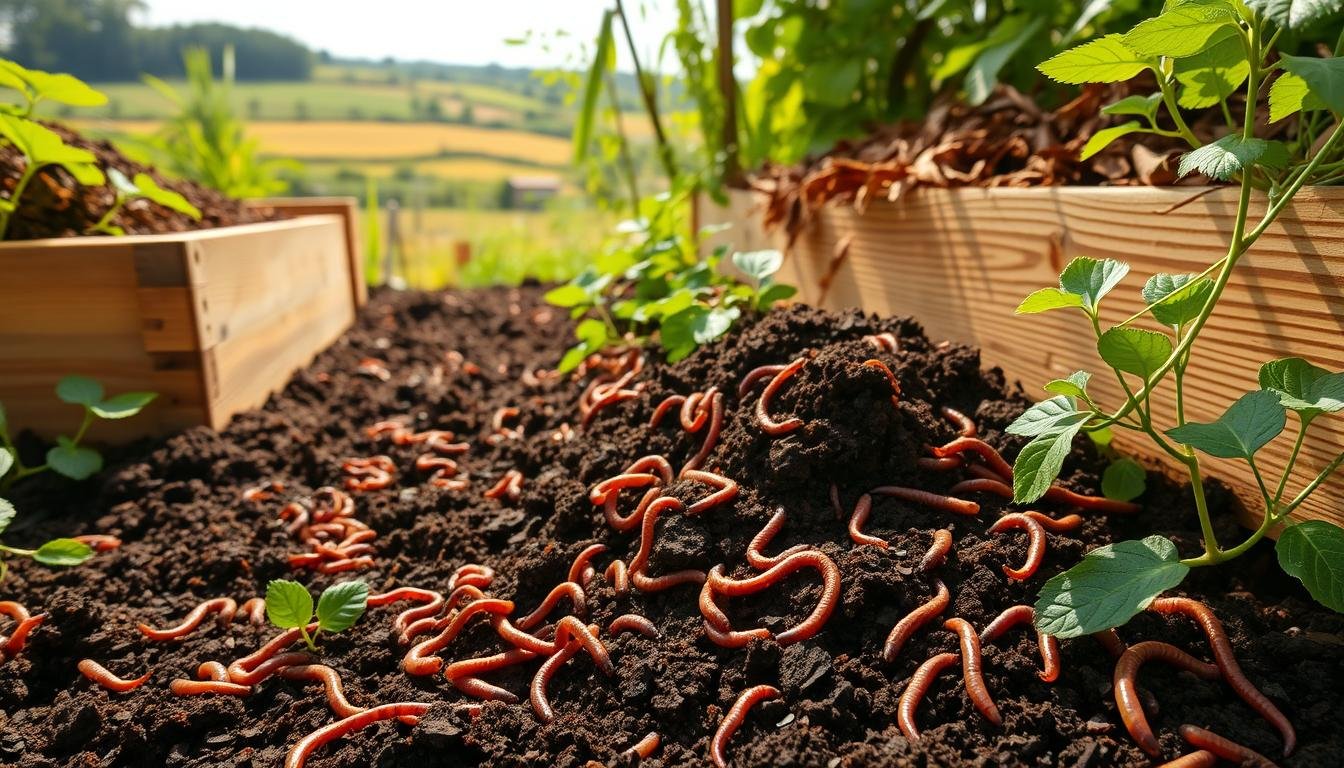
Plan and Prepare for Next Season’s Garden
The winter season provides an amazing chance to plan and prepare for the upcoming gardening timeframe. Devote this period evaluating plant efficiency from past seasons, map out the coming crop rotations, and put orders in for the seeds to come. Scrub and repair the gardening supplies, bring the garden layout up to speed, and set your raised beds upright, all in the name of efficient growth. Thought-out planning during the cold period is the key to a successful and bountiful oncoming growing season.
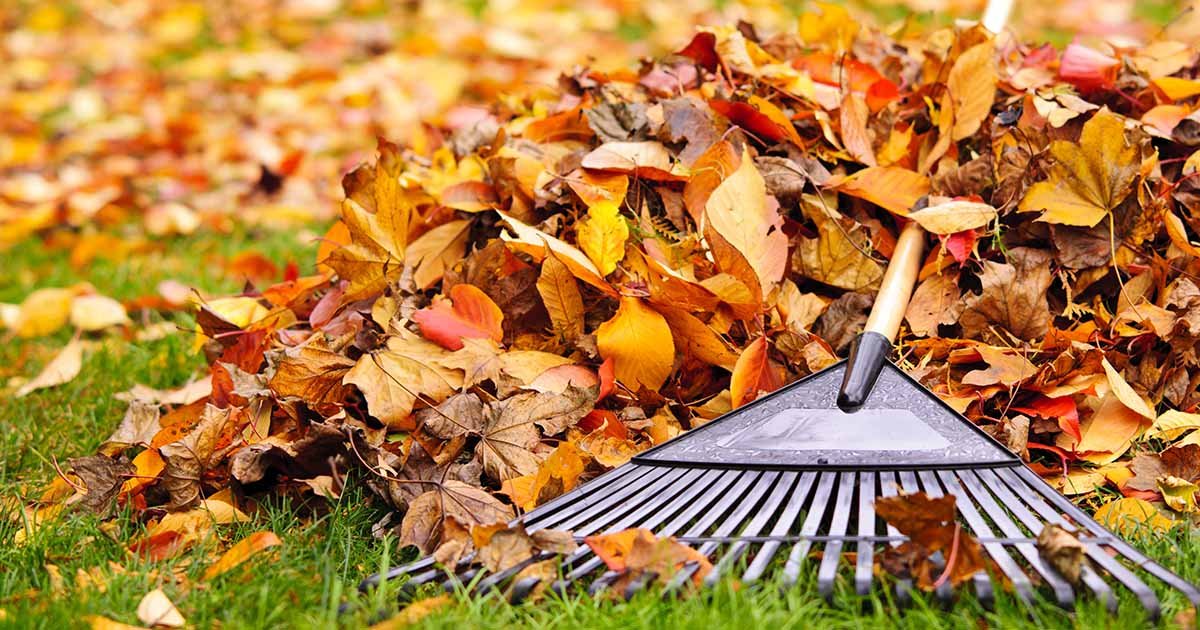
Conclusion
As winter approaches, there are numerous strategies to keep raised beds productive, ensuring they don’t just sit dormant. Planting cold-hardy vegetables, implementing season extension techniques, and using the beds for composting are practical ways to maximize space. Moreover, transforming raised beds into wildlife habitats, utilizing cover crops, and incorporating edible perennials can enhance soil health and biodiversity. You can even create a greenhouse for starting seedlings, set up a cold frame, or engage in vermiculture for sustainable soil enrichment. Utilizing the off-season for planning and preparation lays the groundwork for a successful and flourishing garden as spring comes around. Embracing these ideas will ensure your raised bed thrives year-round, providing benefits both to you and the environment.

